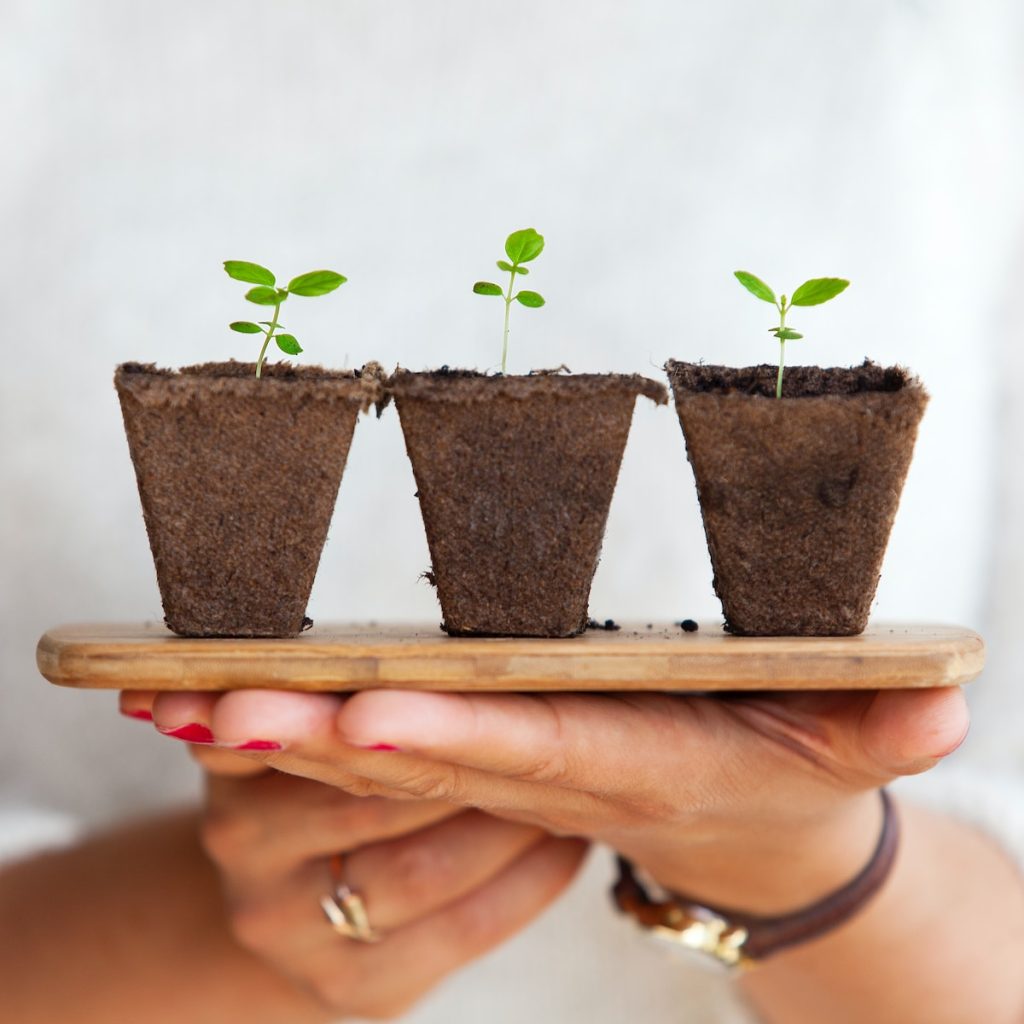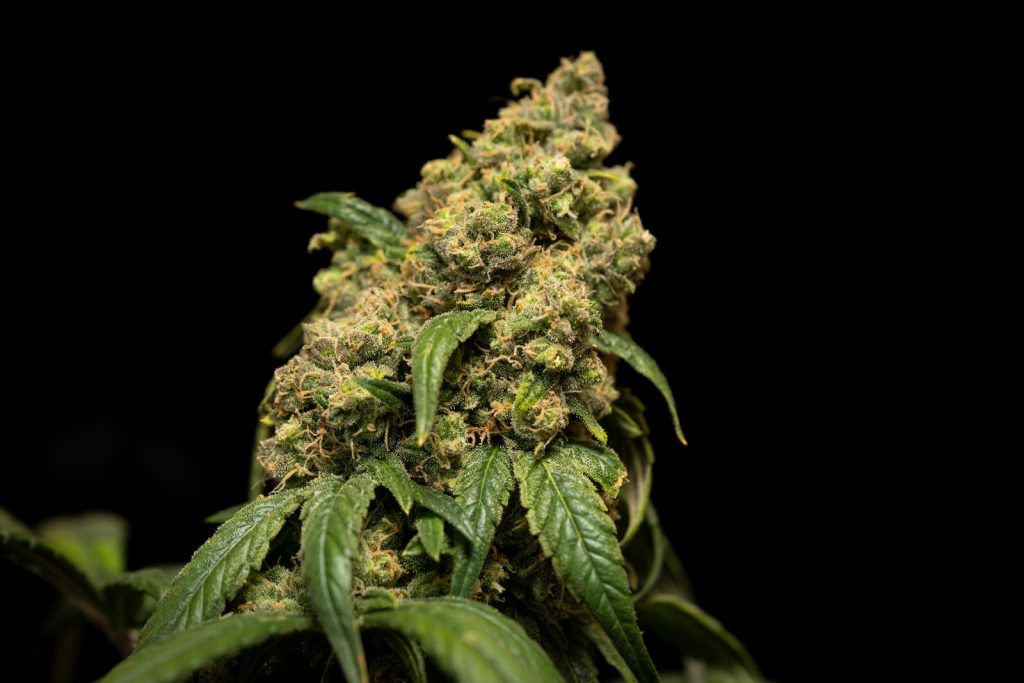Introduction to Cannabis Cultivation
The journey of cultivating cannabis is both an art and a science, requiring a deep understanding of the plant’s lifecycle. From the tiny, unassuming seed to the lush, resinous buds, each stage of a cannabis plant’s growth demands specific care and attention.
- Seed Selection: Choosing the right seeds, whether feminized or regular, is crucial. Feminized seeds, offering a higher probability of yielding flowering plants, are often preferred.
- Environmental Control: Ensuring the ideal conditions for each growth stage is essential. This involves managing light, temperature, and humidity to mimic natural conditions.
- Nutrient Management: Providing the right balance of nutrients at each stage significantly impacts the health and yield of the plant.
By mastering these elements, cultivators can optimize the growth and potency of their cannabis plants.
Importance of Understanding the Plant Lifecycle
Understanding the lifecycle of a cannabis plant is key to successful cultivation. Each stage, from germination to flowering, has unique requirements that influence the final yield and quality of the product.
- Germination: The initial phase where seeds sprout and begin their journey. Correct moisture and temperature are vital during this stage.
- Vegetative and Flowering Stages: As the plant matures, its needs evolve. The vegetative stage calls for intense light and nutrients, while the flowering stage requires specific light cycles and nutrient adjustments. Detailed insights into these stages can be found in this comprehensive guide on cannabis cultivation.
- Harvesting: The final stage where timing and technique play a crucial role in determining the potency and flavor of the cannabis.
A nuanced understanding of these stages not only ensures a bountiful harvest but also enables cultivators to troubleshoot issues effectively, leading to a more rewarding cultivation experience.

Detailed Stages of Cannabis Plant Growth
Cannabis Seed Germination
The lifecycle of a cannabis plant begins with germination, a critical stage where seeds awaken to sprout. This stage, typically spanning 3 to 10 days, sets the foundation for the entire growth cycle.
- Conditions for Germination: Seeds require warmth and moisture to germinate. The ideal temperature range is between 70 and 90˚F.
- Seed Quality: A healthy cannabis seed should be hard, dry, and dark brown. Avoid seeds that are soft or pale, as they may not germinate.
- Germination Techniques: Popular methods include the paper towel technique, where seeds are placed between moist paper towels to encourage sprouting.
Seedling Stage in Cannabis Plants
After germination, the plant enters the seedling stage, lasting about 2 to 3 weeks. This stage is crucial for establishing a strong foundation for future growth.
- Development of Leaves: Initially, the seedling develops simple leaves. As it matures, the leaves become more complex, with the characteristic cannabis leaf shape.
- Light Requirements: Seedlings thrive under 18 hours of light per day. This can be achieved indoors with grow lights or through natural sunlight outdoors.
- Care Tips: Seedlings are delicate and vulnerable to overwatering and disease. Maintaining a clean environment and monitoring moisture levels is essential. For more detailed information on nutrient needs during this stage, visit this marijuana plant nutrient guide.
Vegetative Stage in Cannabis Plants
The vegetative stage is when the cannabis plant experiences rapid growth, typically lasting between 3 and 16 weeks. This stage is pivotal for developing a robust structure that will support flowering.
- Rapid Growth: During this period, the plant’s roots and foliage expand significantly. Adequate space and a larger pot are necessary to accommodate this growth.
- Light and Nutrition: Plants require around 18 hours of light per day and increased nutrients, especially nitrogen, to support their rapid growth.
- Plant Training: Techniques such as topping or training can be applied to shape the plant and maximize yield.
Cannabis Plant Flowering Stage
The flowering stage marks the final phase of growth, where the plant develops its buds. This stage can last from 8 to 11 weeks and is crucial for determining the quality and quantity of the yield.
- Triggering Flowering: Indoors, reducing light exposure to 12 hours a day initiates flowering. Outdoors, occurs naturally as daylight hours decrease in the fall.
- Subphases of Flowering: The flowering stage comprises three subphases – flower initiation, mid-flowering, and late flowering/ripening. Each subphase requires specific care to optimize bud development.
- Nutrient Adjustment: As the plant transitions to flowering, the nutrient needs change. Reducing nitrogen and increasing phosphorus and potassium are essential for healthy bud development.

Additional Insights and FAQs
Lifecycle Variations and External Factors
While the basic stages of the cannabis plant lifecycle are consistent, variations can occur based on several external factors.
- Indoor vs. Outdoor Growth: Indoor cultivation allows for year-round growth and greater control over environmental conditions. Outdoor growing depends heavily on the season and local climate.
- Climate and Region: The plant’s growth cycle can vary significantly depending on the geographic location and climate. For instance, flowering times may shift in response to the local photoperiod.
- Cultivar Differences: Different cannabis strains have varying growth rates and requirements. It’s crucial to understand the specific needs of the cultivar you are growing.
Frequently Asked Questions
Cultivating cannabis raises many questions, especially for beginners. Here are some of the most commonly asked questions:
- What should my cannabis plant look like at five weeks?
- At five weeks, your plants are transitioning from the seedling to the vegetative stage. They should have several sets of leaves and be about a foot tall.
- Does a larger pot mean larger buds?
- Larger pots allow more room for root expansion, which can lead to larger plants and potentially more bud sites. However, starting with a pot that’s too large can be detrimental. Gradually increasing pot size is recommended for optimal root development.
- When is the best time to start growing outdoor plants?
- The best time to start outdoor cultivation varies by region. In the Northern Hemisphere, it’s typically after the last frost in spring when night temperatures consistently stay above 59°F. More detailed guidelines on outdoor growing can be found in this article on cannabis cloning techniques.
Conclusion
Understanding the lifecycle of a cannabis plant is pivotal to successful cultivation. Each stage, from germination to harvesting, requires specific care and knowledge. By paying close attention to the plant’s needs throughout its lifecycle and adapting to external factors, cultivators can maximize their yield and produce high-quality cannabis.

Leave a Reply